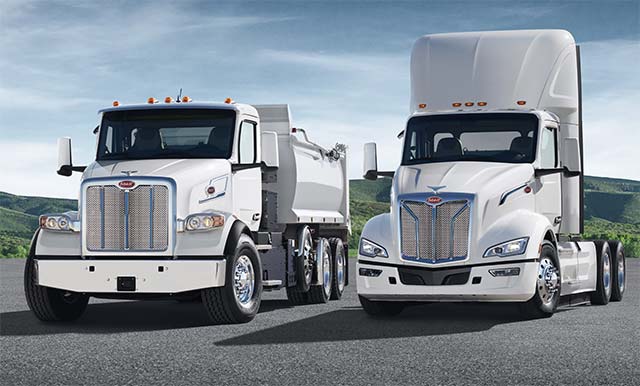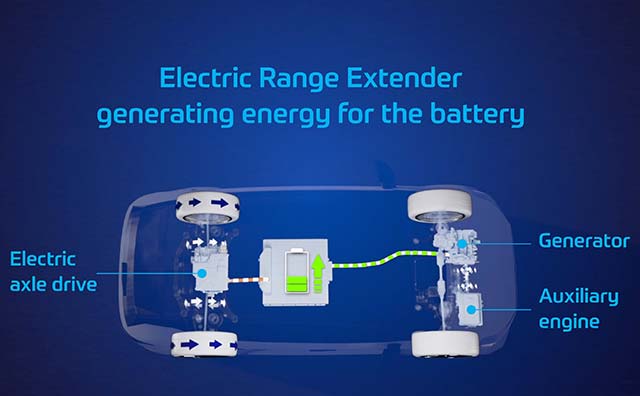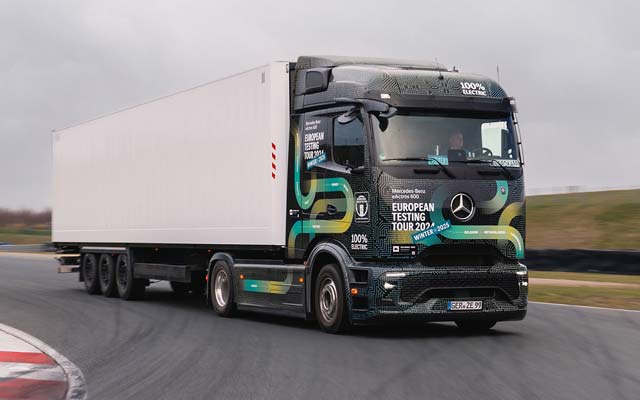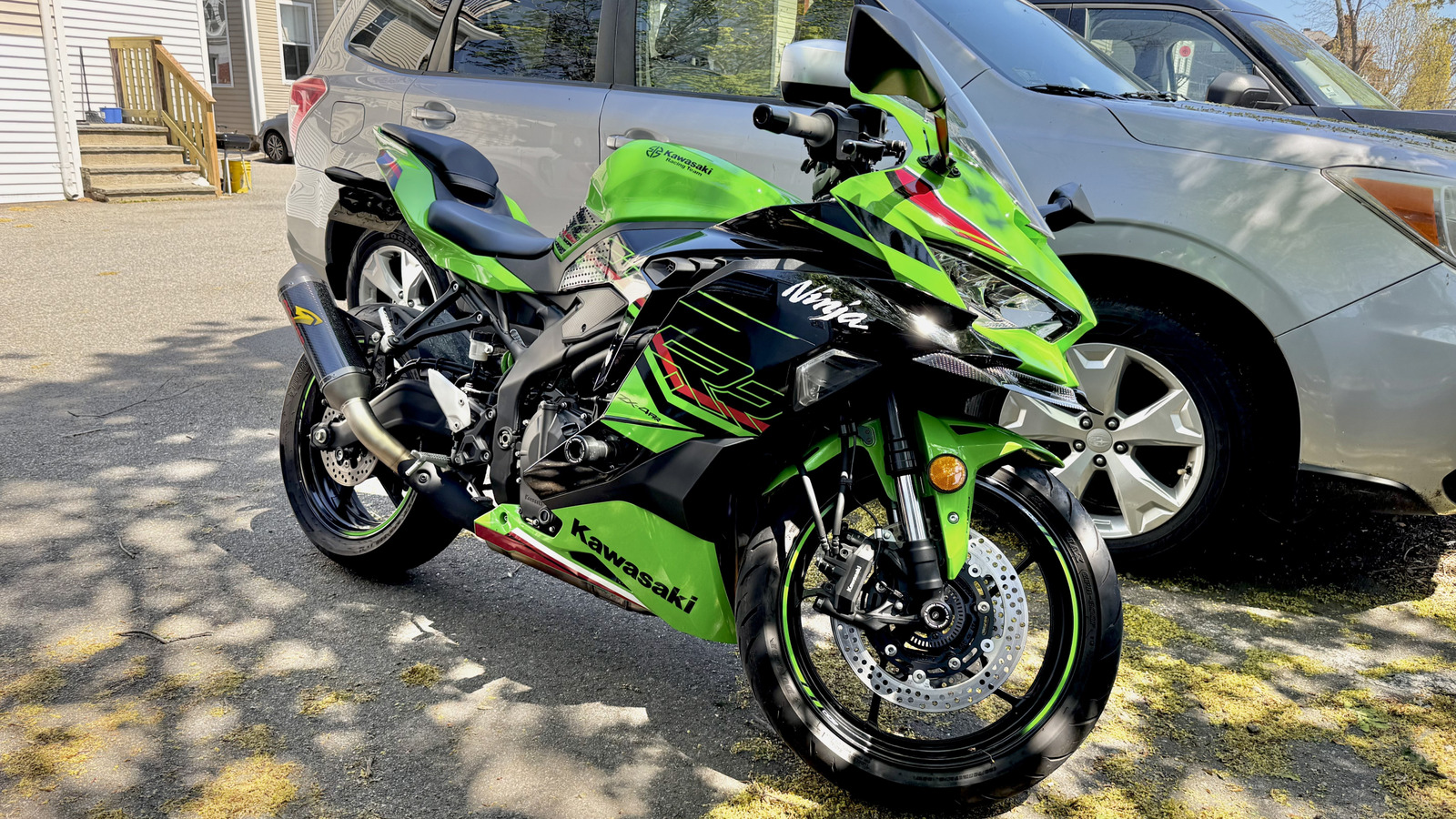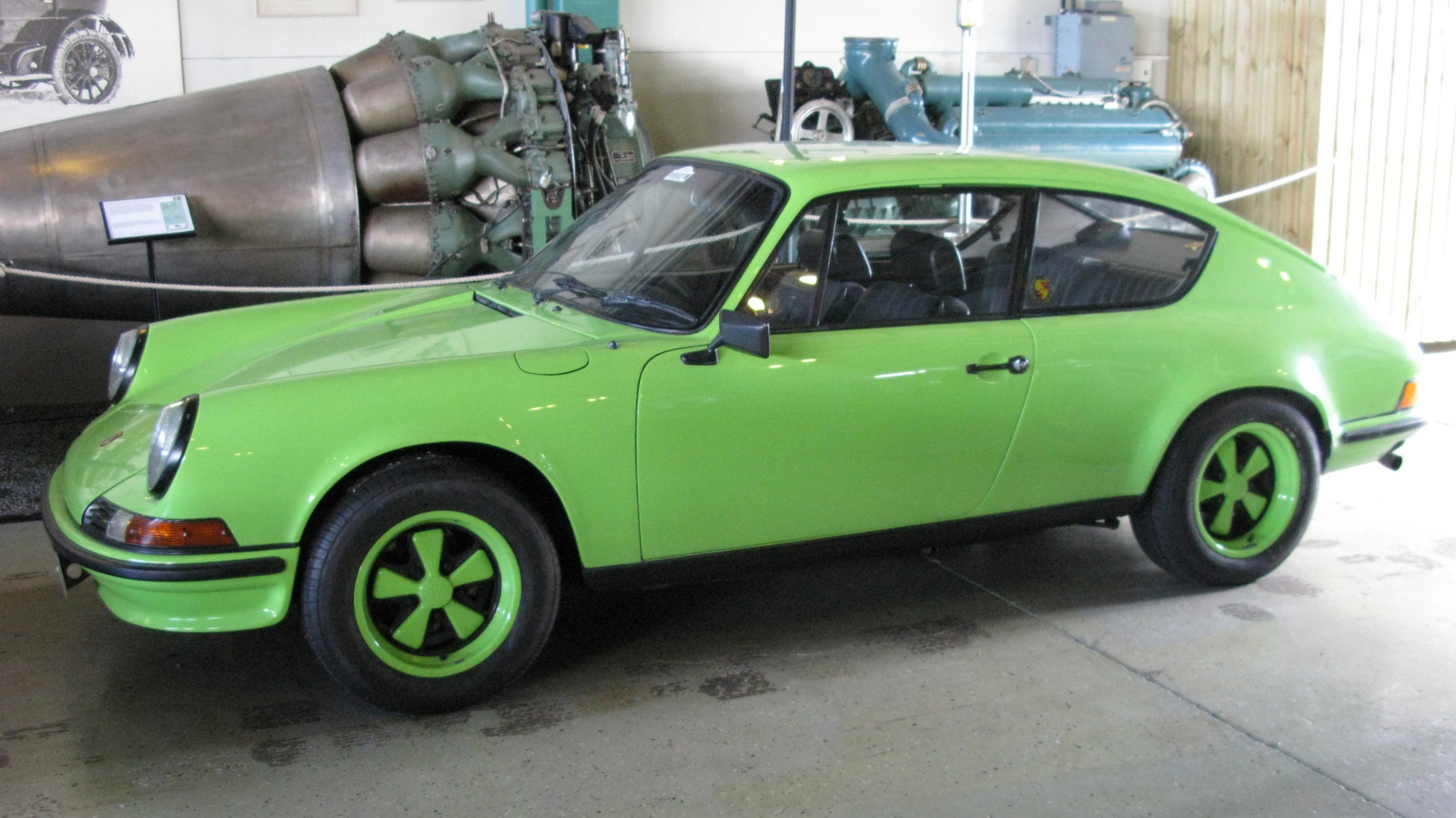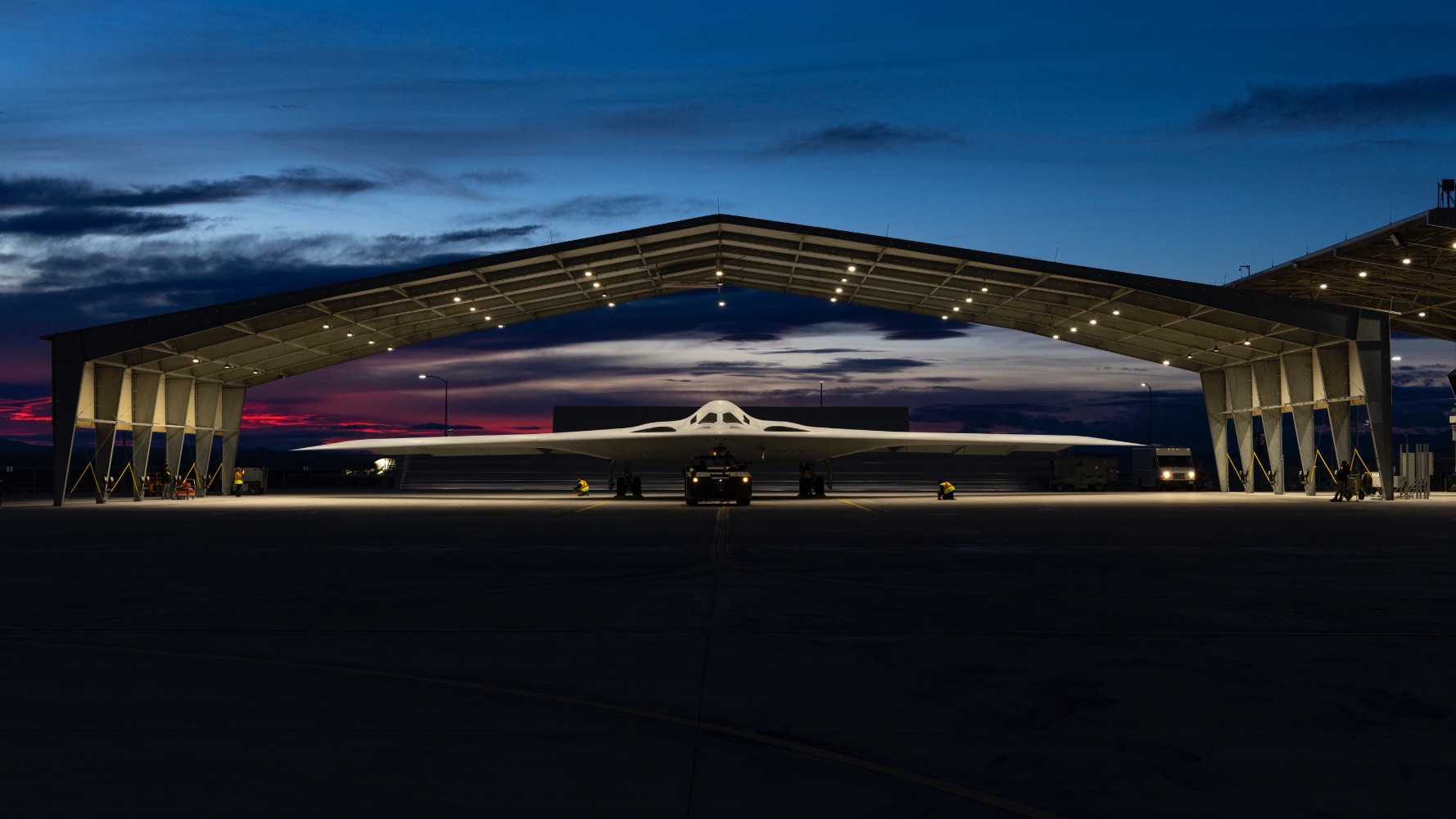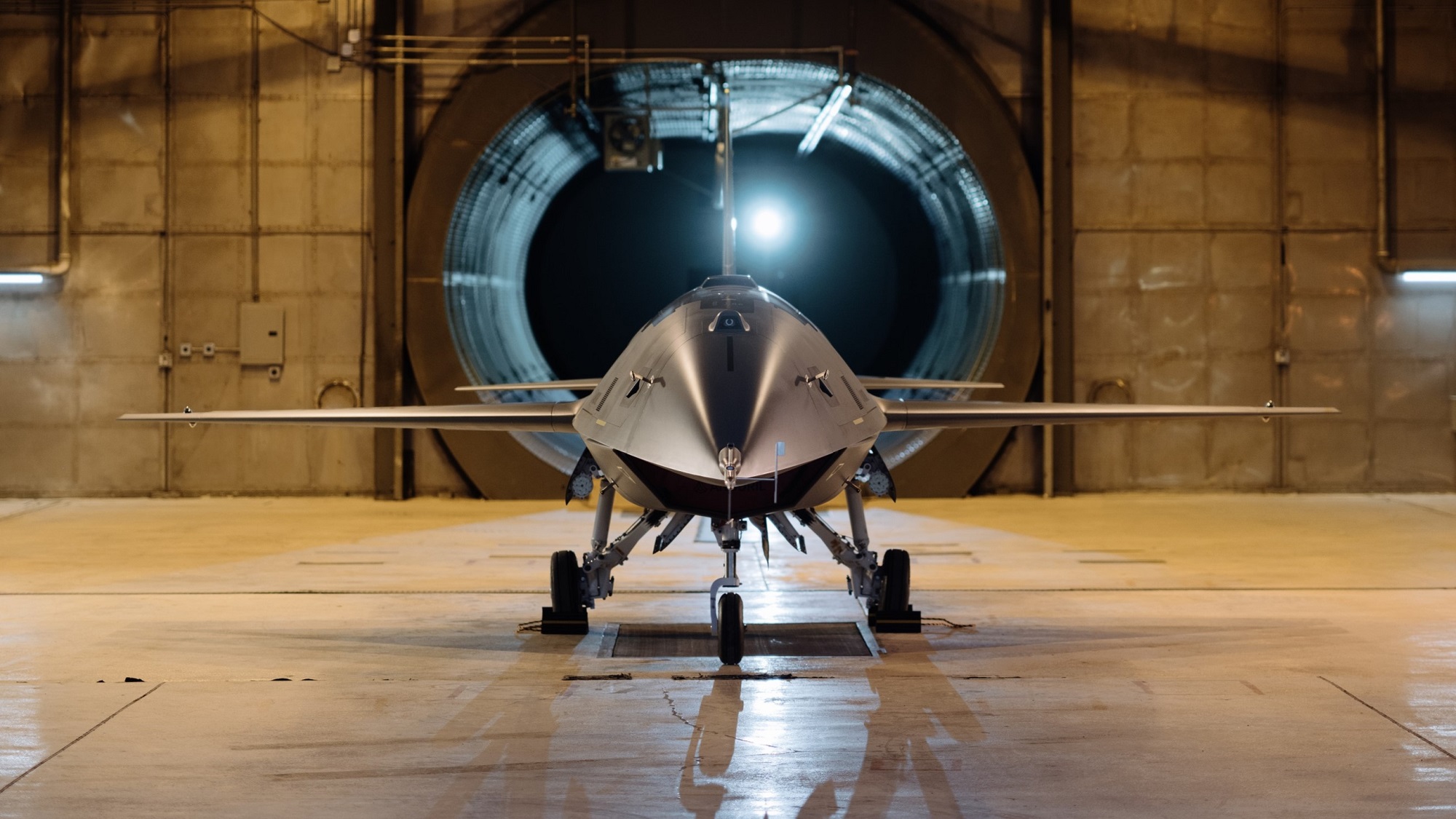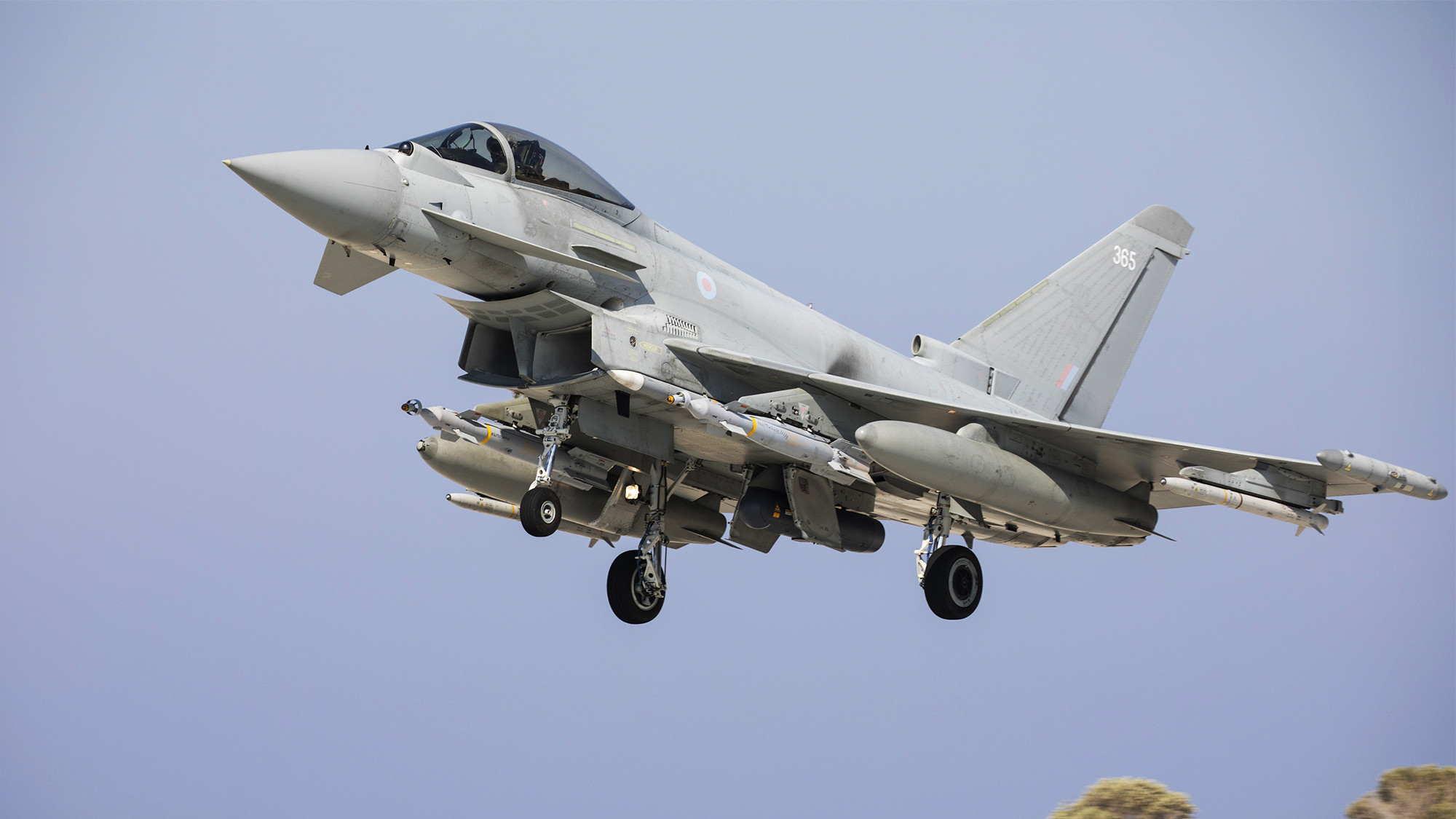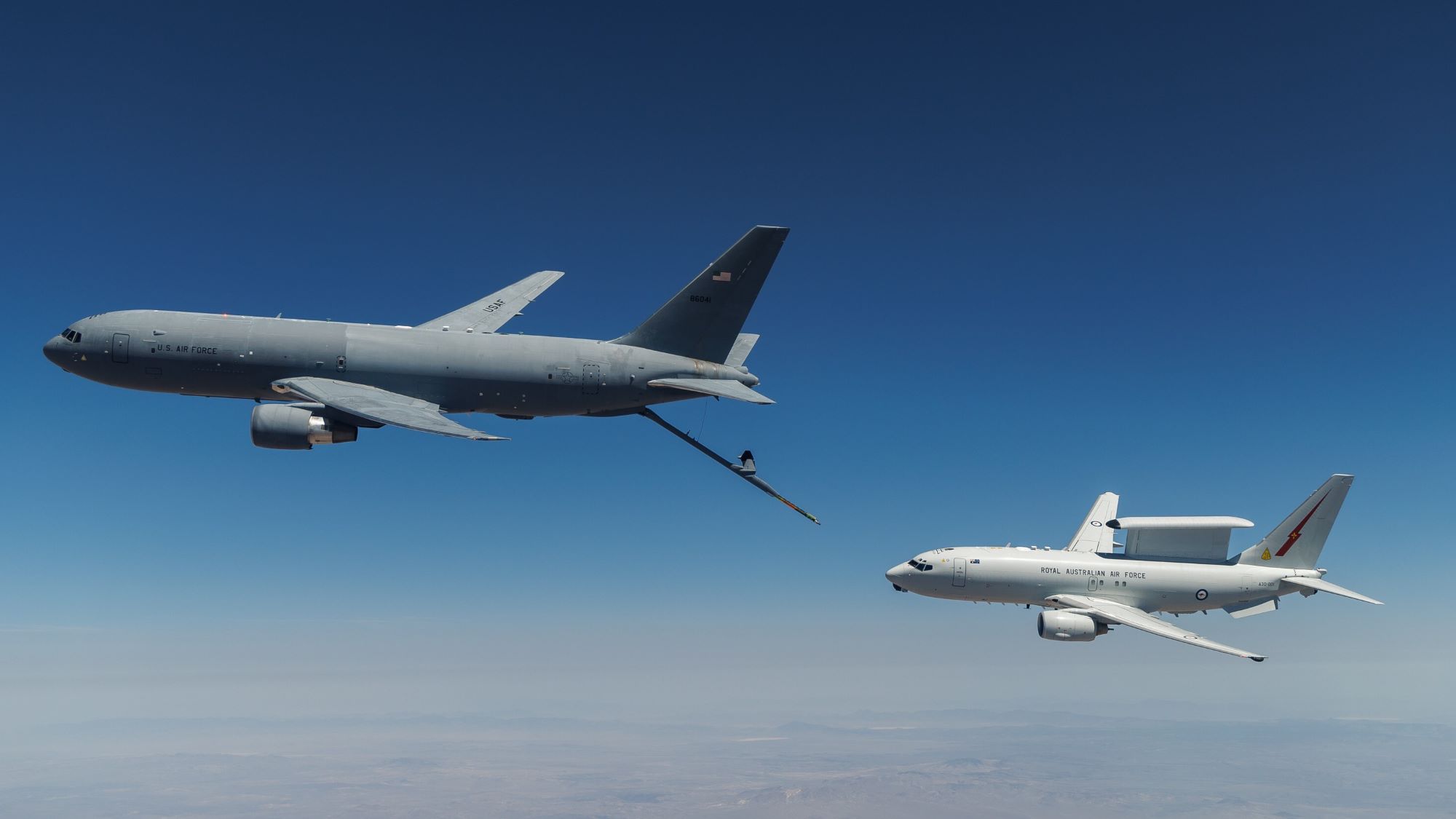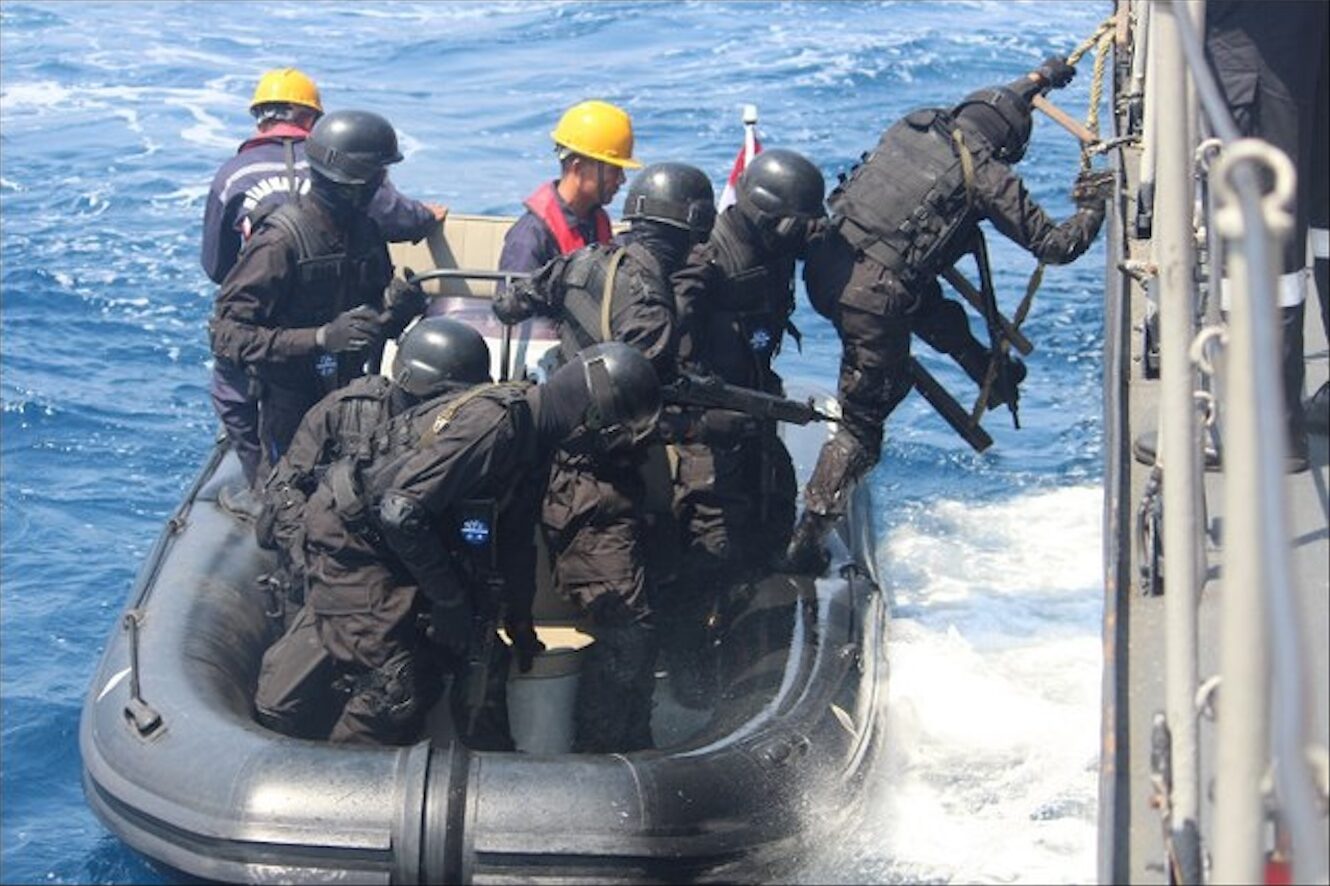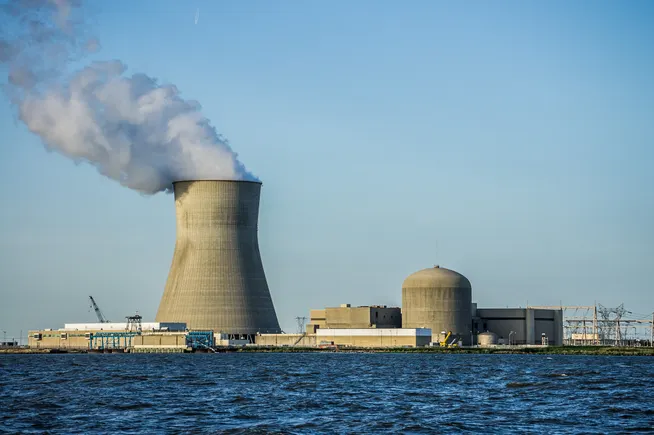Air Force picks Beale to host CCA drone wingmen ‘aircraft readiness unit,’ begins ground testing
The service is expected to oversee a fly-off between contenders General Atomics and Anduril this summer.


A full-sized model of General Atomics’s Collaborative Combat Aircraft (top) and Anduril’s (bottom) on display at AFA 2024 on Sept. 20, 2024. (Breaking Defense photos)
WASHINGTON — The US Air Force announced today it has selected Beale Air Force Base in California to host the service’s first “Aircraft Readiness Unit” dedicated to its future fleet of drone wingmen.
The drones, dubbed Collaborative Combat Aircraft (CCA), have also begun ground testing ahead of a first flight expected this summer, the Air Force said in a press release.
“Starting ground tests is a key milestone for the CCA Increment 1 program,” Air Force Chief of Staff Gen. David Allvin said in the release. “This phase bridges the gap between design and flight, reducing integration risks, boosting confidence, and laying the groundwork for a successful first flight and eventual fielding to the warfighter.”
The ground test phase underway “includes rigorous evaluations” of the two drone prototypes, the Air Force’s release says, which will examine “propulsion systems, avionics, autonomy integration, and ground control interfaces.” The “assessments will validate performance, inform future design decisions, and prepare the systems for flight testing later this year,” according to the release.
Meanwhile, the readiness unit will “provide combat aircraft ready to deploy worldwide at a moment’s notice.” The drones are not expected to “fly a significant number of daily sorties to maintain readiness,” according to the release. As a result, compared to other weapon systems, a “substantially lower” number of airmen will be tasked with sustaining the aircraft to ensure they remain “fly-ready.”
General Atomics and Anduril, whose drone prototypes are respectively dubbed the YFQ-42A and YFQ-44A, are facing off for the Air Force program after their selection by the service last year. At least one of the prototypes is expected to head into production for the program’s first tranche or “increment,” although other firms are also able to compete for the opportunity.
RELATED: ‘I don’t see it’: Before their CCA drones even take to the air, Anduril and GA trade shots
A separate pool of vendors is competing to develop the autonomous software that will pilot the drones, although that competition is classified. The Air Force expects to field CCA before the end of the decade, at which point the autonomous wingmen will join up in battle with aircraft like the F-35 and the in-development F-47.
“The CCA program represents a groundbreaking new era in combat aviation, and we remain on schedule to test and fly YFQ-42 in the coming months,” General Atomics Aeronautical Systems President Dave Alexander said in a statement. “Our work on YFQ-42 will further expand the field of unmanned aviation, and we remain excited for the future.”
Jason Levin, Anduril’s senior vice president of air dominance and strike, said in a statement that the Air Force’s announcement reflects “a major milestone for Anduril, the Air Force, and in the history of combat airpower as a whole, but our work is far from over.
“We continue to work tirelessly — building out additional aircraft, proving out their performance, and incorporating lessons learned — to ensure that we deliver the capability that our warfighters deserve.” Anduril’s YFQ-44A is “on schedule” to fly this summer, he said.
The Air Force planned to launch the second CCA increment in the FY25 budget, which is now operating under the aegis of a full year continuing resolution, but Biden administration officials left a decision on the drones’ requirements up to the new Trump team, who have not yet announced plans for the program. Still, a top Air Force official recently said future CCA iterations may come in on the “low end,” suggesting forthcoming increments could ask industry for relatively cheaper and less sophisticated drone designs.




























